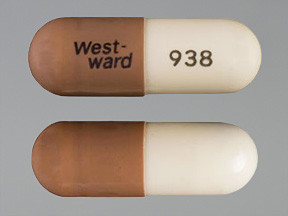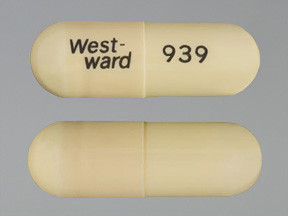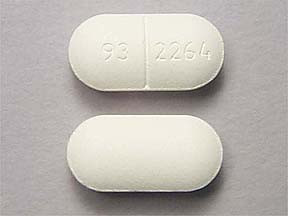AMOXICILLIN - ORAL
PHONETIC PRONUNCIATION: (a-MOX-i-SIL-in)
COMMON BRAND NAME(S): Amoxil
GENERIC NAME(S): amoxicillin
Uses
USES: Amoxicillin is used to treat a wide variety of bacterial infections. This medication is a penicillin-type antibiotic. It works by stopping the growth of bacteria. This antibiotic treats only bacterial infections. It will not work for viral infections (such as common cold, flu). Using any antibiotic when it is not needed can cause it to not work for future infections. Amoxicillin is also used with other medications to treat stomach/intestinal ulcers caused by the bacteria H. pylori and to prevent the ulcers from returning.
How to use AMOXICILLIN - ORAL
HOW TO USE: Take this medication by mouth with or without food as directed by your doctor, usually every 8 or 12 hours. The dosage is based on your medical condition and response to treatment. Drink plenty of fluids while using this medication unless your doctor tells you otherwise. For the best effect, take this antibiotic at evenly spaced times. To help you remember, take this medication at the same time(s) every day. Continue to take this medication until the full prescribed amount is finished, even if symptoms disappear after a few days. Stopping the medication too early may allow bacteria to continue to grow, which may result in a return of the infection. Tell your doctor if your condition persists or worsens.
Side Effects
Precautions
Interactions
Overdose
Images

- color
- caramel
- shape
- oblong
- imprint
- 93 3107, 93 3107

- color
- caramel
- shape
- oblong
- imprint
- 93 3107, 93 3107

- color
- buff
- shape
- oblong
- imprint
- 93 3109, 93 3109

- color
- buff
- shape
- oblong
- imprint
- 93 3109, 93 3109

- color
- ivory
- shape
- oblong
- imprint
- West- ward, 938

- color
- ivory
- shape
- oblong
- imprint
- West- ward, 938

- color
- ivory
- shape
- oblong
- imprint
- West- ward, 939
Reviews
Faq for AMOXICILLIN - ORAL
Amoxicillin is an antibiotic drug that belongs to the penicillin group. It is commonly used to treat various bacterial infections.
Amoxicillin works by inhibiting the growth of bacteria and preventing them from forming a protective cell wall, which eventually leads to their death.
Amoxicillin is commonly prescribed to treat infections such as respiratory tract infections (e.g., bronchitis, pneumonia, sinusitis), urinary tract infections, skin infections, ear infections, and certain sexually transmitted diseases.
Amoxicillin should be taken exactly as prescribed by your healthcare provider. You should follow the recommended dosage, frequency, and duration of treatment. It can be taken with or without food, usually 2-3 times a day.
Common side effects of Amoxicillin include diarrhea, nausea, vomiting, stomach pain, rash, and itching. It is important to contact your doctor if any severe or persistent side effects occur.
It is generally recommended to avoid alcohol while on antibiotics like Amoxicillin. Alcohol can interfere with the effectiveness of the drug and increase the risk of side effects.
If you have a known allergy to penicillin, you should inform your healthcare provider. They will assess the severity of your allergy and determine if it is safe for you to take Amoxicillin. In some cases, an alternative antibiotic may be prescribed.
The onset of action of Amoxicillin varies depending on the type and severity of the infection. In many cases, improvement can be seen within a few days of starting the medication. However, it is important to complete the full course of treatment as prescribed by your doctor.
It is important to consult with your healthcare provider if you are pregnant or breastfeeding before taking Amoxicillin. They will weigh the potential benefits against any potential risks to the fetus or infant.
Disclaimer
IMPORTANT: HOW TO USE THIS INFORMATION: This is a summary and does NOT have all possible information about this product. This information does not assure that this product is safe, effective, or appropriate for you. This information is not individual medical advice and does not substitute for the advice of your health care professional. Always ask your health care professional for complete information about this product and your specific health needs.


No Reviews Yet